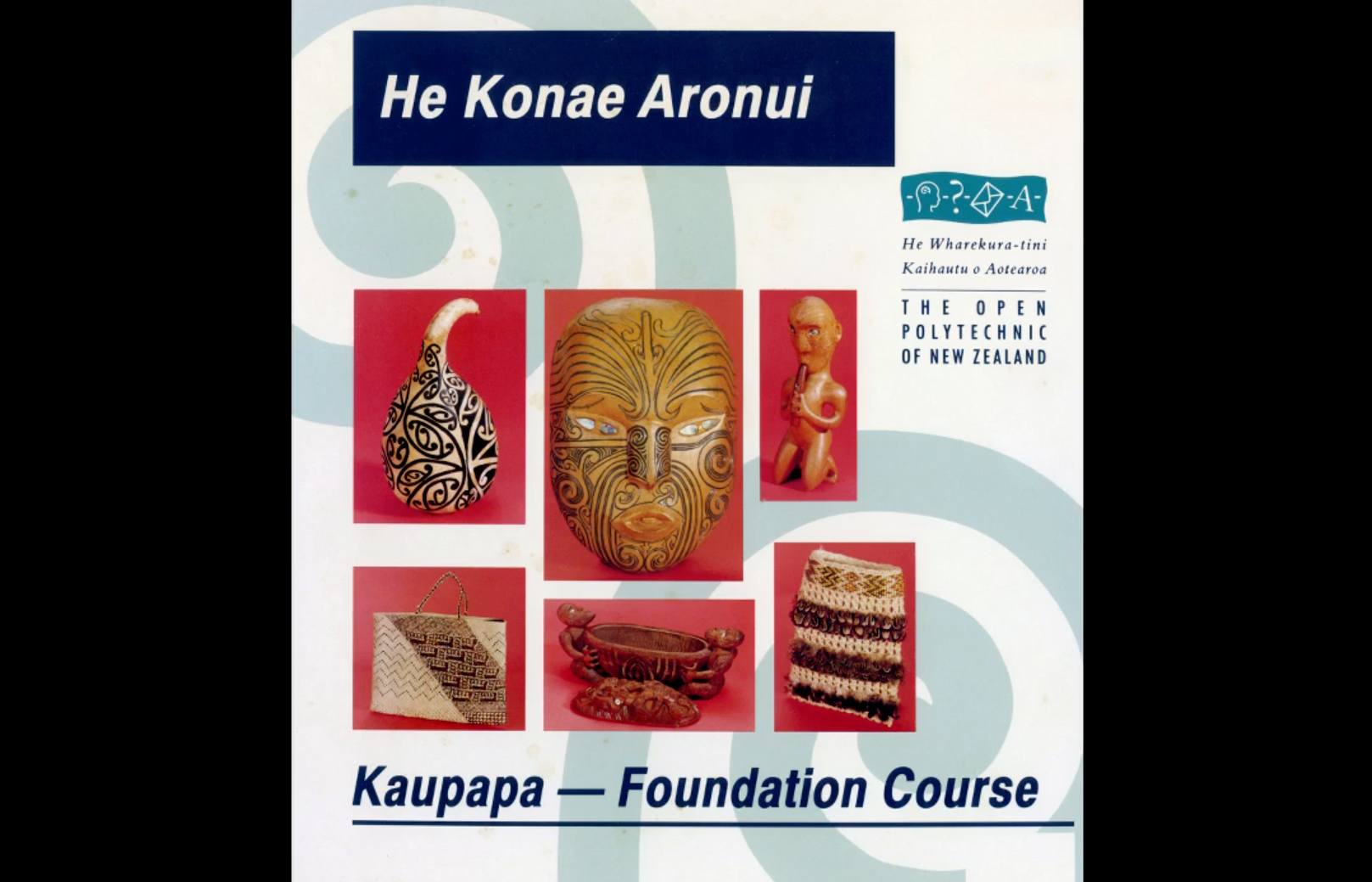
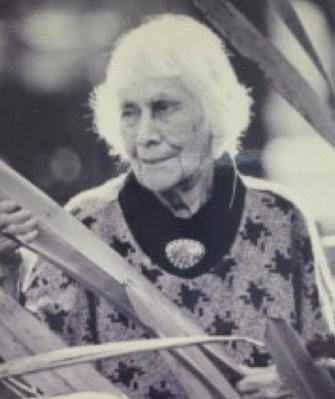
Rangimarie Hetet
(1892 - 1995)
The daughter of Te Rongopamamao and Charles Wilson Hursthouse, (Nana) Rangimarie was raised with her mother’s people - the Ngāti Kinohaku hapū of Ngāti Maniapoto.
Born in 1892, Rangimarie grew up learning to weave and in her 50’s set about reviving the art which was near extinction. Along with her daughter, Diggeress Te Kanawa, Rangimarie was renowned as a weaver and teacher both nationally and internationally.
Her legacy is carried on today through her granddaughters and great granddaughters who continue to weave, teach and conserve this traditional Māori artform.
Among them: Grand daughters Muri Turner, Ria Davis, Kahu Te Kanawa and several great granddaughters including Veranoa Hetet. Grand daughter, Rangi Te Kanawa, who also weaves, is a museum conservator of Māori weaving and Ata Te Kanawa, another granddaughter, promotes Maori fashion design through her initiative MiroModa.
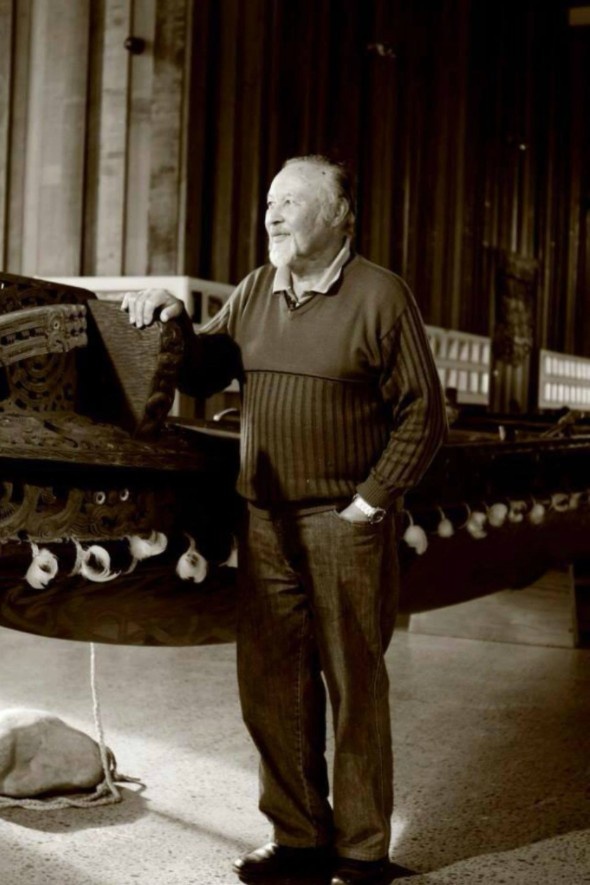
Rangi Hetet
(Born 1937)
A grandson of Rangimarie Hetet, Rangi is the co-founder of the Hetet School of Māori Art.
At the age of 17, Rangi was taken out of school by elders of his mother's people, Ngāti Tuwharetoa, to become a carver to help carve the meeting house Tapeka for Chief Te HeuHeu in Waihi at Lake Taupo.
Rangi learned carving at the old carving school Te Ao Marama in Ohinemutu, Rotorua under the mentorship of Hone Taiapa. He was a member of the Konae Aronui group of carvers who carved many Wharenui around New Zealand.
Rangi has taught carving for many years in various settings including the Institute of Māori Arts and Crafts at Whakarewarewa, Wānanga, Marae and the Open Polytechnic of New Zealand.
With his wife Erenora, he developed the first Marae based training programmes in traditional Maori Art, the first Maori Museum Intern programme as well as diploma and degree programmes for Wānanga and Polytechnics.
As Master Carver, Rangi has overseen the creation of wharenui and several waka taua. His work can be found in public and private around the world.

Erenora Puketapu-Hetet
(1941 - 2006)
Erenora was the daughter of Vera and Ihaia Puketapu. She was raised in the tribal settlement of her father’s people the Ngāti Hamua of Te Atiawa at Waiwhetu.
Rangi and Erenora courted when Rangi worked on the wharenui Arohanui ki te Tangata at Waiwhetu in the late 1950s. They were the first couple to be married in the meeting house a month after it opened.
Erenora learned taaniko weaving with her sister-in-law, Jean Puketapu and rourou from other women in her whānau as a young teenager.
At 19 and as a new member of the Hetet whānau with an obvious interest in weaving, she was taken under the wing of Rangi's grandmother, Rangimarie, who taught Erenora raranga, whatu kākahu and other weaving skills.
Erenora was renowned as both a traditional weaver and a contemporary Maori artist and was highly regarded as a teacher of weaving. Her work can be found in public and private collections throughout the world and has been exhibited widely throughout Australia, the Pacific, Europe and North America.




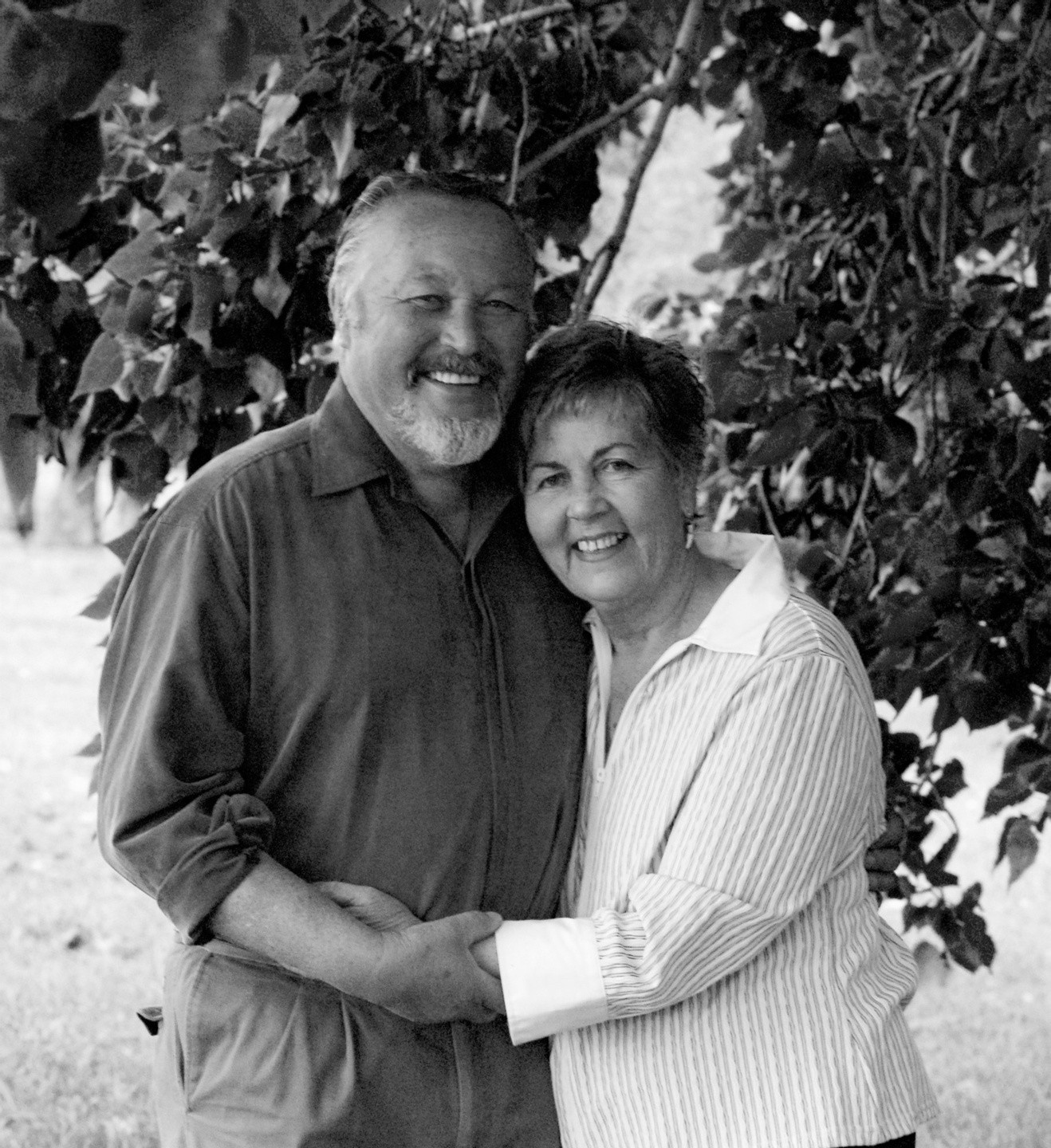
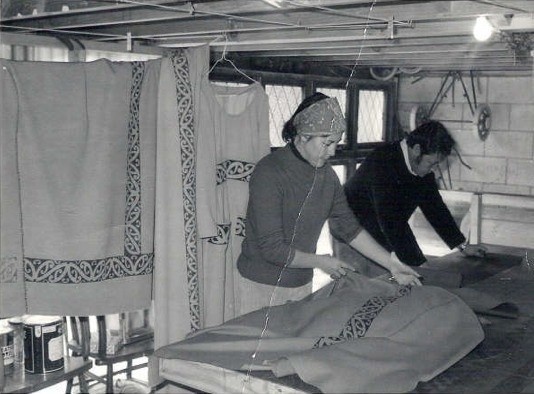

We have taught the traditional Māori Arts of whakairo, kowhaiwhai, tukutuku, raranga, taaniko and whatu kākahu for generations.
Many of our tauira have become part of our whānau. Most have become friends.
It has been a privilege and a joy to share these traditions with so many amazing and talented people.
Among them are weavers and carvers who learned with us: Heeni Kerekere, Kohai Grace, Pip Devonshire, Darrell Lambert, Nathan Kahu, Abel and Mao Vaireka, Tom Bishop and Sonny Davis to name but a few.
There are also those who joined us for the first ever Museum training programme for Māori interns: Arapata Hakiwai, Awhina Tamarapa, Megan Tamati-Quenell, Moana Davey and others who have taken on kaitiaki roles caring for and preserving Māori Art and heritage.
We acknowledge you all and the commitment you made to uphold ngā taonga tuku iho.
Our lives have been and continue to be enriched by all those who have learned with us ~ whether in person or in our virtual classroom.
Ngā mihi nui ki a koutou katoa.
The whānau of the Hetet School of Māori Art






